For more than two decades, optical media such as CDs and DVDs have been used to store information. However, optical media is vulnerable to damage, making it difficult to recover the digital information stored on them. To address this issue, the National Science Foundation has sponsored a research project in order to explore the possibility of recovering data from damaged media.
Instrumentation
Different technologies are used in home-burned and factory-pressed optical media. Home burning produces color changes on a film layer, whereas in factory pressing physical pits are burned into the media. The Evident LEXT OLS4000 3D laser scanning confocal microscope can image both these technologies (Figure 1).
The process described in this article works irrespective of the method originally used for creating the media. The pits and lands in Figure 1 represent the encoded data and are seen as white and gray dashes and dots. The original data is recovered by converting these patterns into 0s and 1s and subsequent decoding.
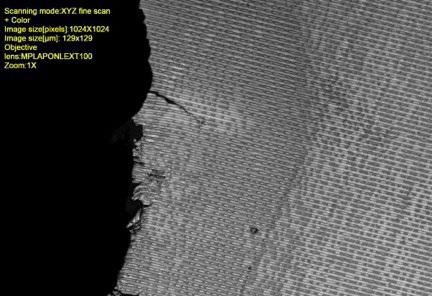
Figure 1. Image of a damaged home-burned CD.
Procedure
The image of the media is magnified to select a region of successive dots and dashes (Figure 2). Although the patterns look like concentric circles, they are actually a spiral, which means tracks without beginnings and endings. Each dot and dash is measured and the encoding algorithm used for converting the original data into the dots and dashes is reversed.
Data encryption is not possible with these algorithms but it can be encoded to store the information efficiently and redundantly. This redundancy is critical to recover data, meaning that all copies of original data may not be destroyed by limited damage. Hence, the potential of recoverability is more even if the complete original media are not available.
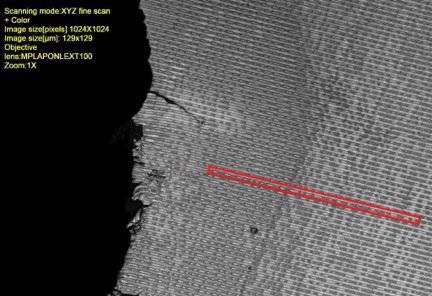
Figure 2. A string of dots and dashes selected for decoding.
Recovering data from damaged optical media is a laborious process due to considerable variations in the types of damage. An image of an optical disc in multiple pieces is shown in Figure 3. A disc in such condition may be illegible by normal means.
However, as can be seen in Figure 3, the damage is caused only to the container and has only a small impact on the data. The LEXT OLS4000 can be used to explore the data patterns to verify whether any data impact has happened or not.
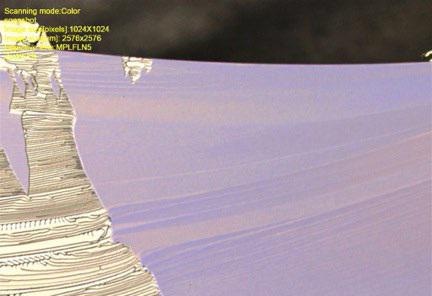
Figure 3. Image of optical disc in multiple pieces.
Even if the data is damaged, algorithms can be adjusted for data recovery based on the measurements. Accurate measurements can be achieved with high magnification, enabling the development of potential ratios for analysis and recovery of data. Figure 4 illustrates a high-resolution max zoom image of data stored on an optical disc.
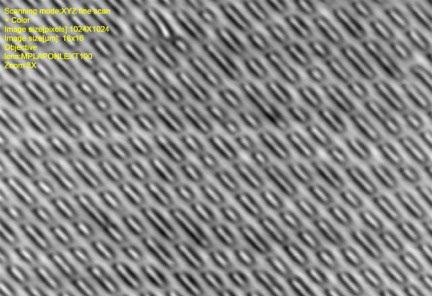
Figure 4. 17120x max zoom image of a damaged DVD.
Research is currently ongoing in order to develop an automatic decoding process using a computer program. The OLS4000 played a crucial role in this project to acquire data from the optical media to assess the possibility of data recovery. The 3D visualization and measurement features of the OLS4000 enabled recovering valuable data from the optical media. A 3D data image from an optical disc is shown in Figure 5.
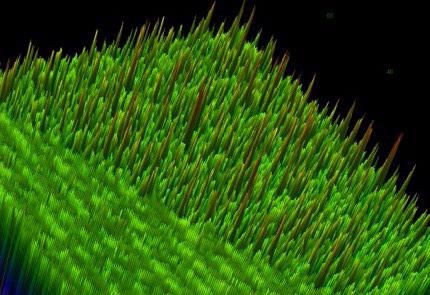
Figure 5. 3D image of data on an optical disc.
Conclusion
This research work has many implications such as the efficient recovery of data and the adaptation of security techniques in order to make the data unrecoverable by gaining insights into the aspects that facilitate data recovery. This work is one step further towards efficiently recovering data from damaged optical media.

This information has been sourced, reviewed and adapted from materials provided by Evident Corporation - Industrial Microscopy.
For more information on this source, please visit Evident Corporation - Industrial Microscopy